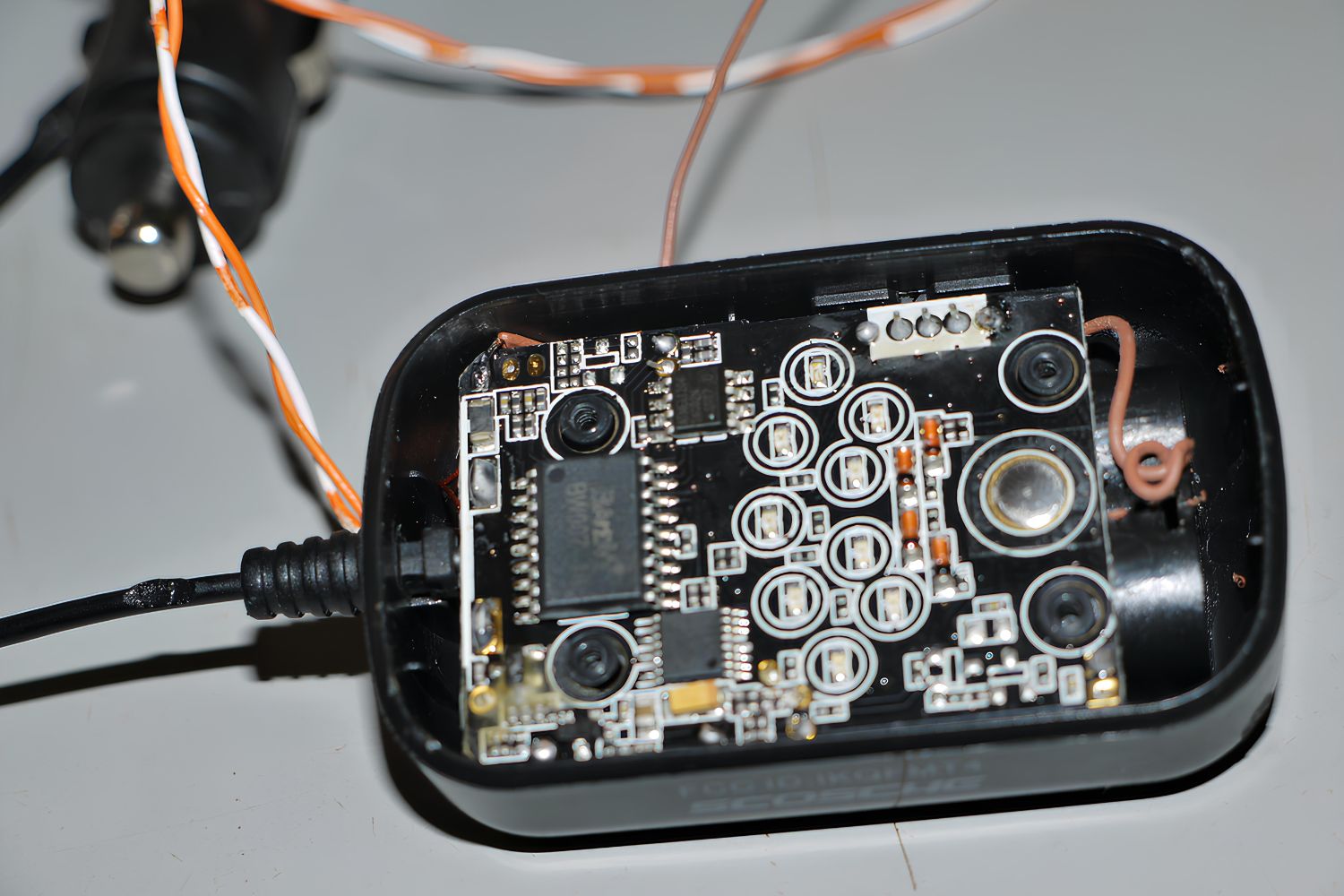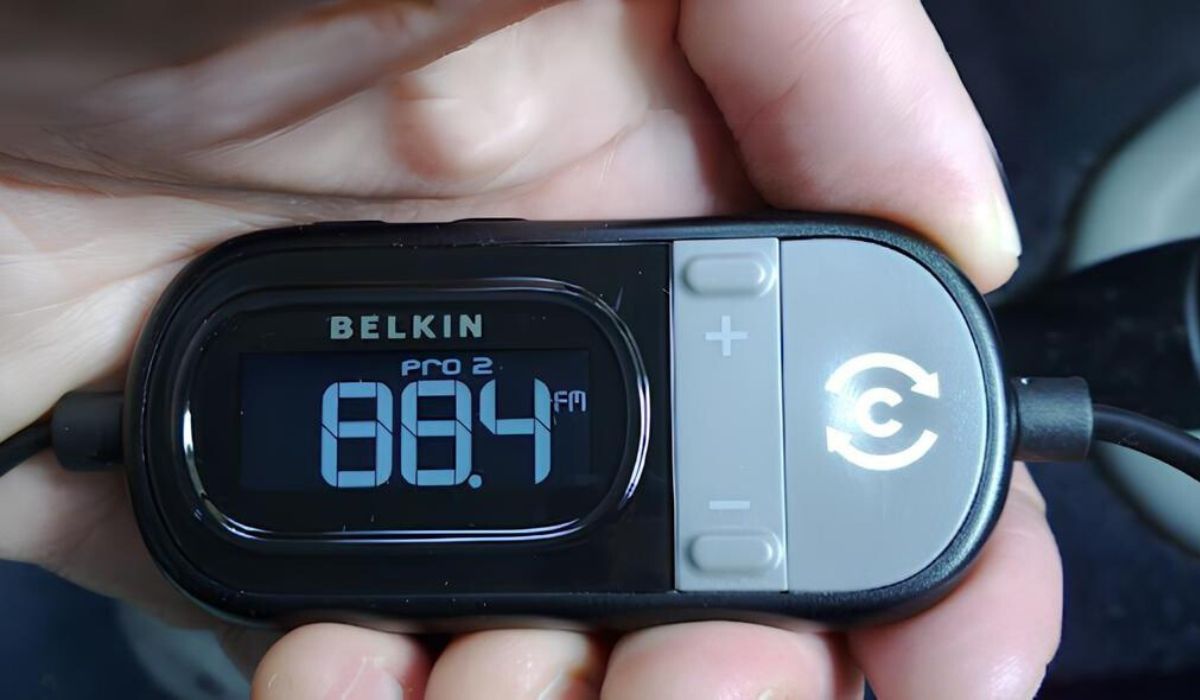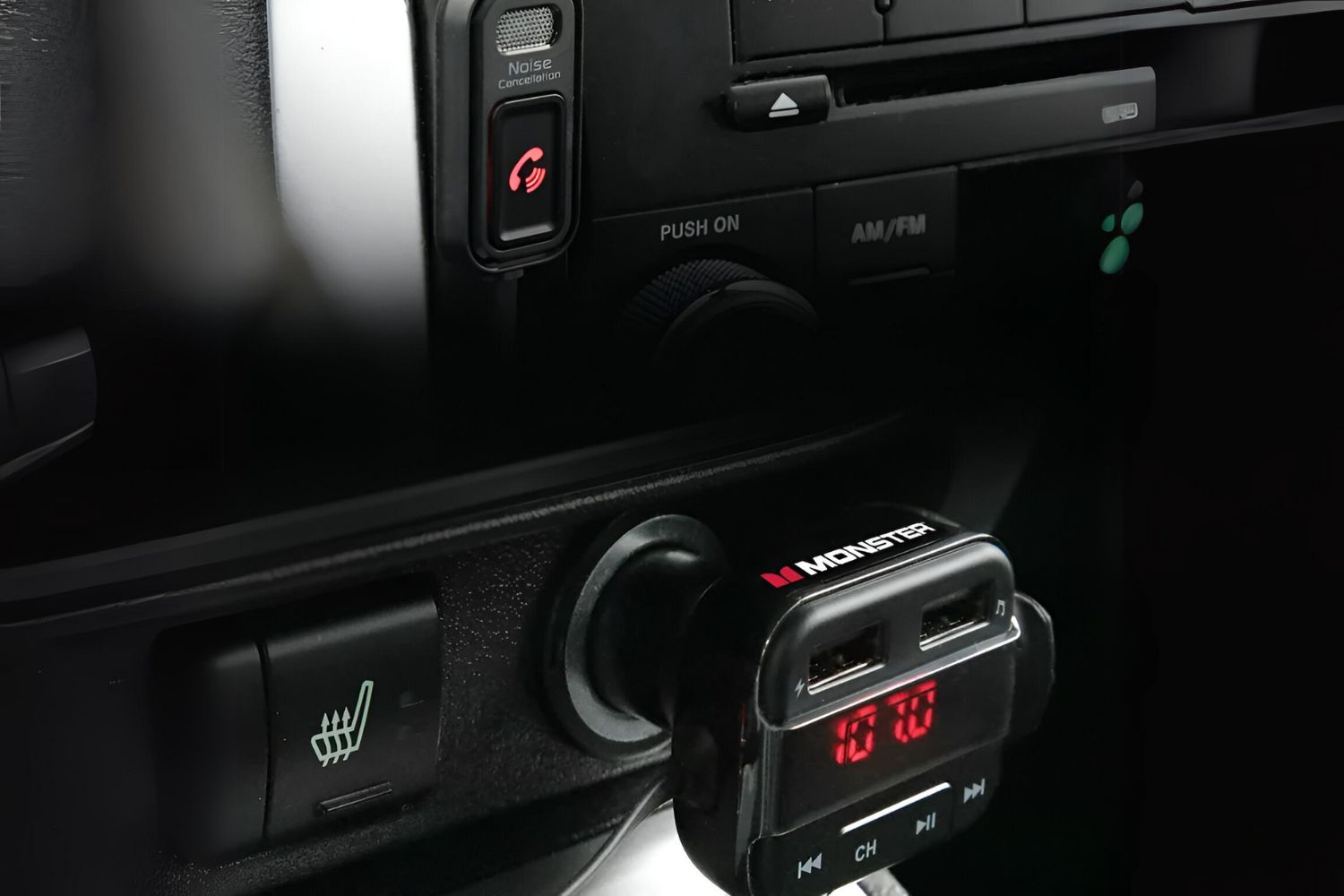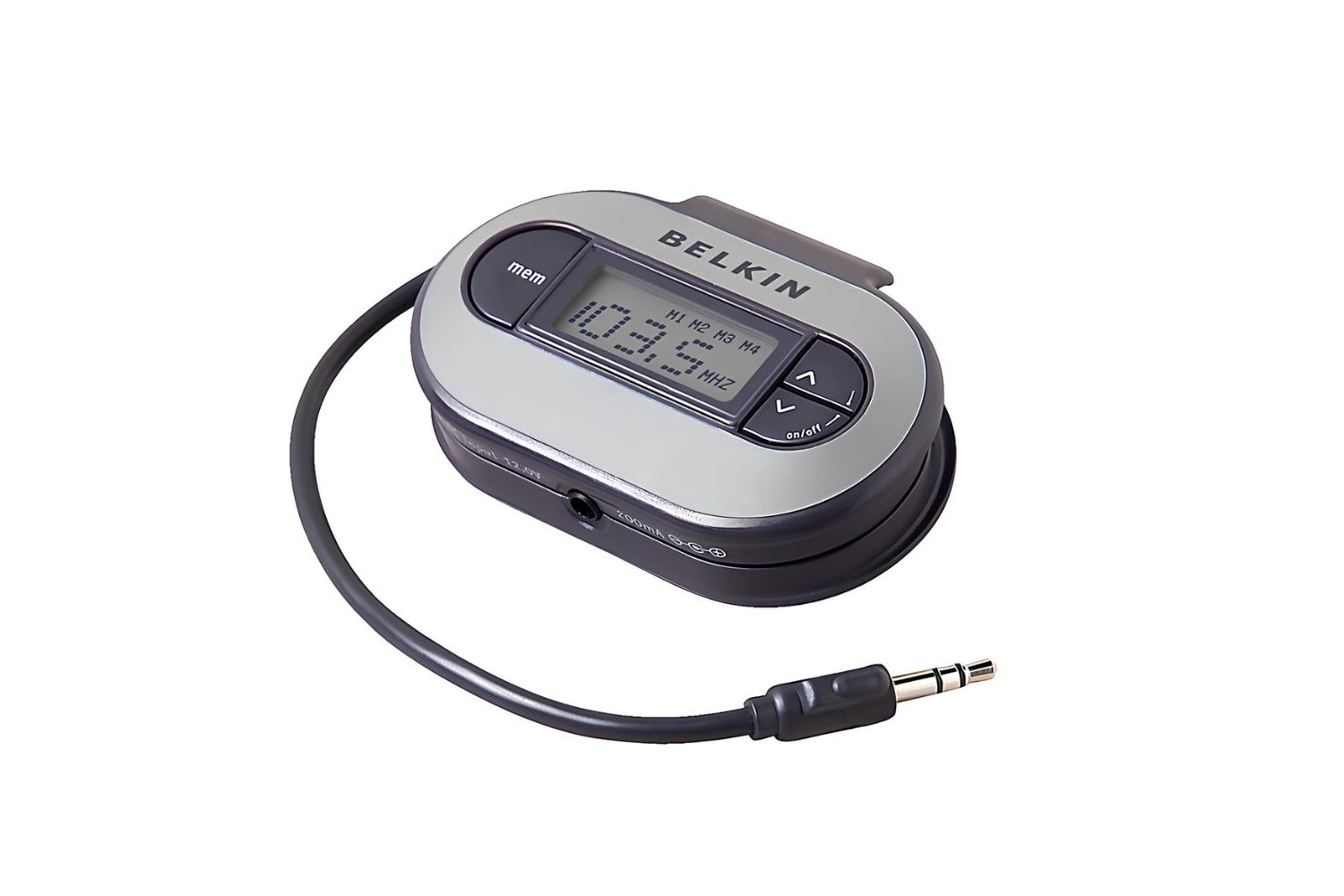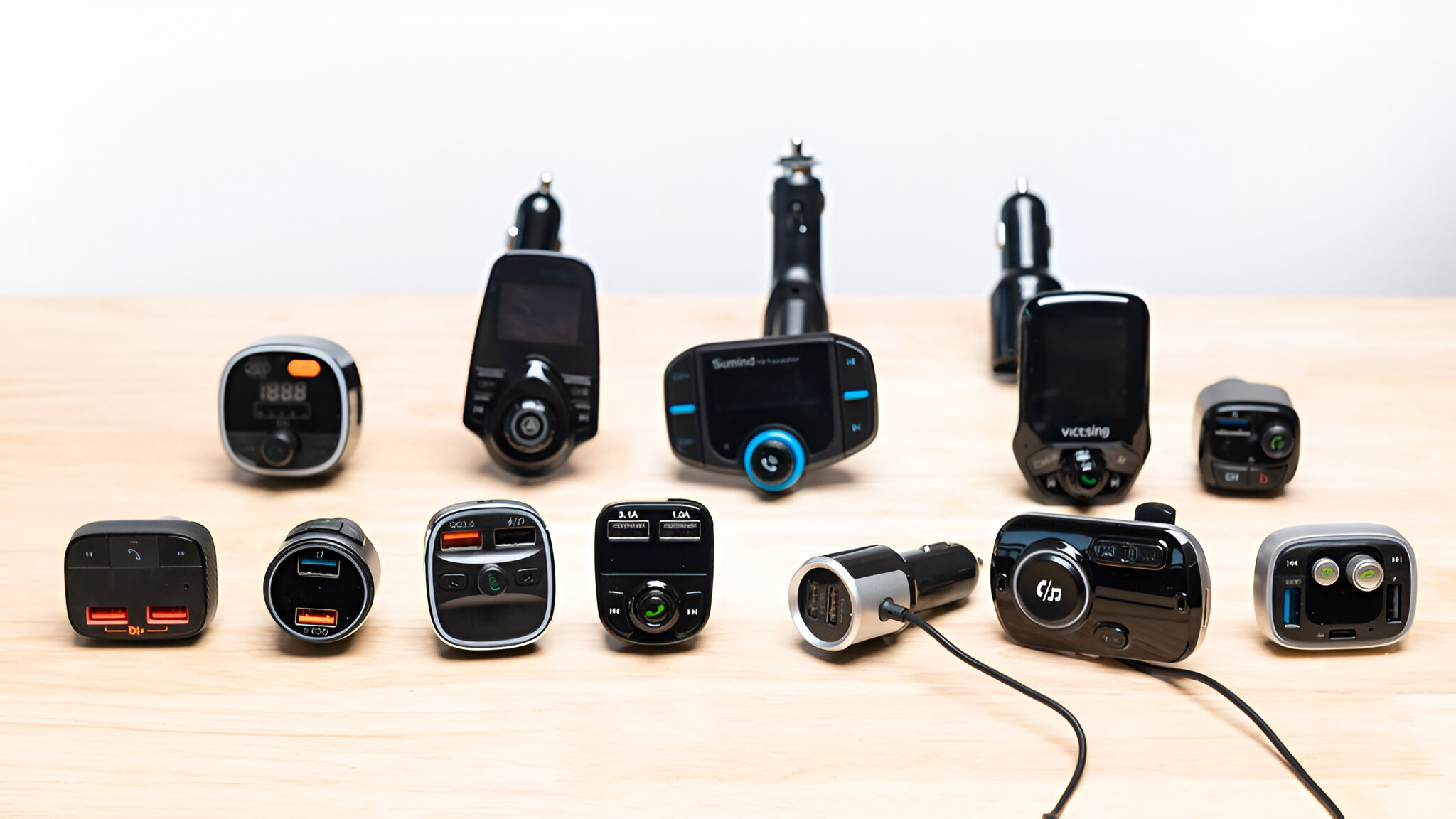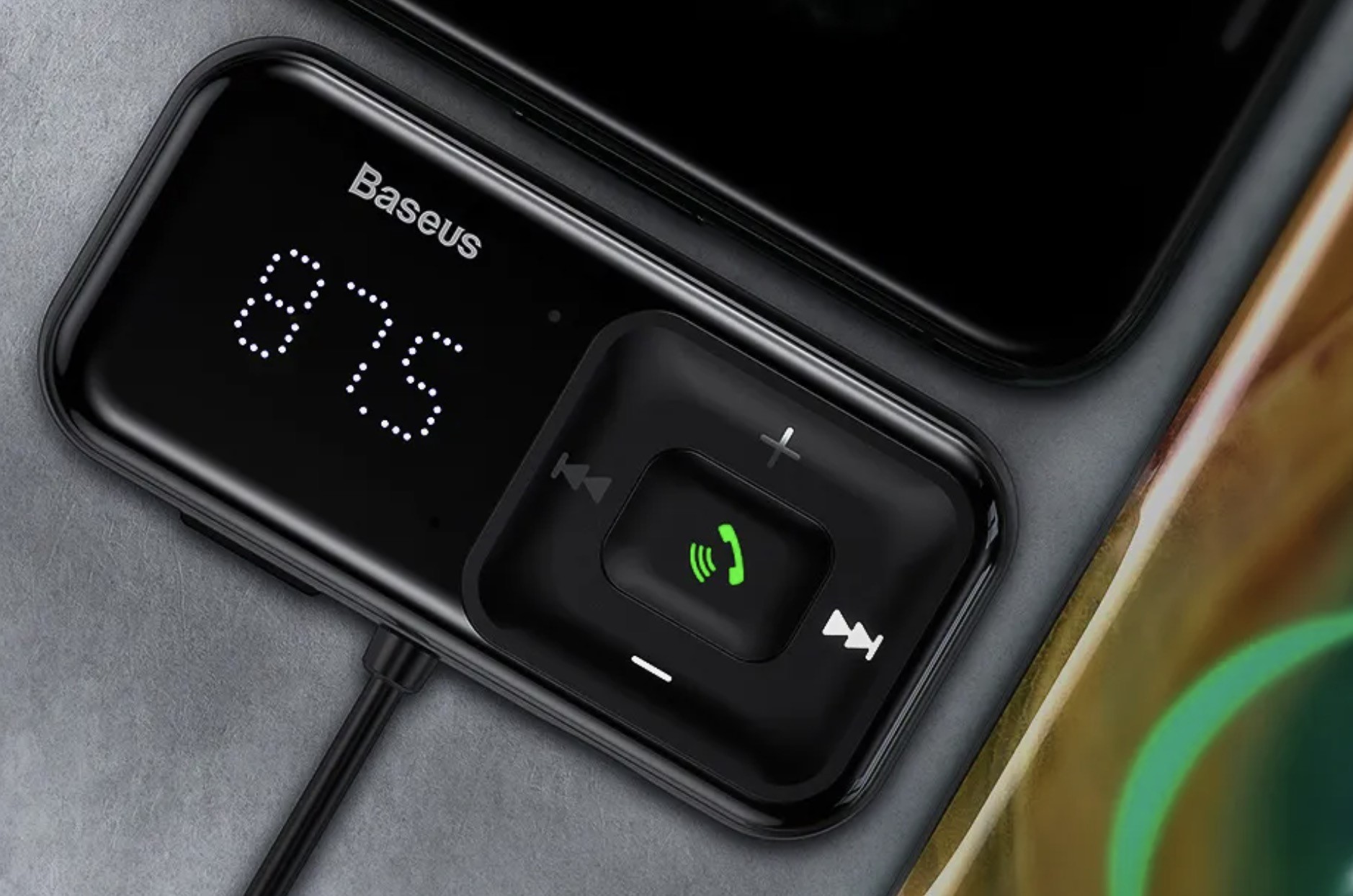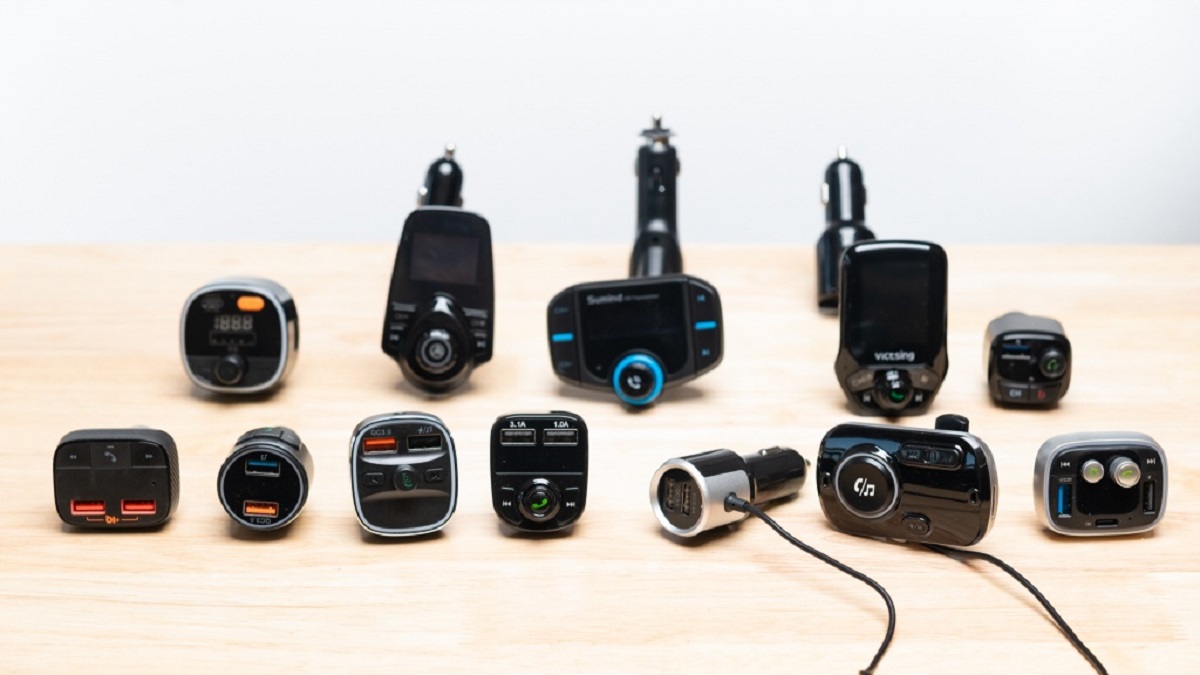Introduction
FM transmitters play a crucial role in ensuring the seamless transmission of radio signals. However, static issues can disrupt the clarity of the broadcast, leading to a subpar listening experience for the audience. Addressing static problems on FM transmitters requires a comprehensive understanding of the underlying causes and effective troubleshooting techniques.
In this article, we will delve into the intricacies of static issues on FM transmitters, explore the common factors contributing to signal disturbances, and provide practical solutions to rectify these problems. By gaining insight into the root causes of static and learning how to troubleshoot and fix these issues, broadcasters and technicians can ensure optimal signal quality and deliver an uninterrupted listening experience to their audience.
Understanding the complexities of static problems and acquiring the necessary skills to address them is essential for maintaining the integrity of FM transmissions. Whether you are a seasoned broadcast engineer, a radio station operator, or an enthusiast seeking to enhance your technical knowledge, this comprehensive guide will equip you with the expertise needed to tackle static issues on FM transmitters effectively.
Now, let's embark on a journey to unravel the mysteries of static disruptions on FM transmitters and empower ourselves with the knowledge and techniques to overcome these challenges. Through this exploration, we aim to equip you with the tools to elevate the quality of FM broadcasts and ensure a seamless listening experience for audiences everywhere.
Understanding Static Issues on FM Transmitters
Static issues on FM transmitters can significantly degrade the quality of radio broadcasts, leading to distorted audio and diminished reception. To effectively address these problems, it is crucial to comprehend the underlying causes and contributing factors. Static interference can manifest in various forms, including crackling sounds, hissing, popping, or overall signal degradation. Understanding the nature of these disruptions is pivotal in implementing targeted solutions to restore optimal signal clarity.
One common source of static on FM transmitters is electromagnetic interference (EMI). EMI can originate from a myriad of sources, such as nearby electrical equipment, power lines, or electronic devices. When these external electromagnetic fields intersect with the transmission path of the FM signal, they can induce unwanted disturbances, resulting in static interference. Identifying the specific sources of EMI and implementing shielding measures can help mitigate these disruptions.
Furthermore, atmospheric conditions and geographical features can also contribute to static issues on FM transmitters. For instance, thunderstorms, high humidity, and temperature differentials can impact signal propagation, leading to static disruptions. Additionally, natural obstructions such as mountains or tall buildings can impede the smooth transmission of FM signals, causing static interference in specific geographic areas.
Inadequate antenna placement or faulty antenna equipment can exacerbate static problems on FM transmitters. Suboptimal positioning of the antenna, improper grounding, or damaged components can compromise signal integrity, resulting in static disturbances. It is imperative to conduct thorough assessments of antenna systems and ensure proper installation and maintenance to minimize static interference.
Moreover, multipath interference, a phenomenon where signals reach the receiver via multiple paths due to reflection or refraction, can lead to signal distortion and static issues. Understanding the dynamics of multipath interference and implementing corrective measures, such as antenna diversity systems or signal delay techniques, is essential in mitigating these disruptions.
By comprehensively grasping the multifaceted nature of static issues on FM transmitters, broadcasters and technicians can proactively address these challenges. Armed with this understanding, we can now delve into the realm of troubleshooting static problems and devising effective solutions to restore the pristine quality of FM broadcasts.
Troubleshooting Static Problems
Identifying and resolving static issues on FM transmitters necessitates a systematic approach that encompasses thorough diagnostics and targeted interventions. When confronted with static disruptions, broadcasters and technicians can employ a series of troubleshooting techniques to isolate the root causes and implement precise remedies. The following steps outline an effective framework for troubleshooting static problems on FM transmitters:
-
Signal Analysis: Utilize spectrum analyzers and signal monitoring tools to conduct a comprehensive analysis of the affected FM transmission. By examining the signal strength, frequency spectrum, and modulation characteristics, technicians can pinpoint irregularities indicative of static interference.
-
Antenna Inspection: Assess the condition and positioning of the antenna system to identify potential sources of static disruptions. Verify the integrity of antenna components, including cables, connectors, and grounding systems. Ensure that the antenna is free from physical obstructions and positioned optimally for signal propagation.
-
EMI Assessment: Investigate the presence of electromagnetic interference by evaluating the proximity of electrical equipment, power lines, and electronic devices to the transmitter site. Implement EMI shielding measures, such as ferrite cores, shielded cables, and spatial isolation, to mitigate the impact of external electromagnetic fields.
-
Environmental Factors: Consider environmental variables, such as weather conditions and geographic features, that may contribute to static disturbances. Monitor atmospheric parameters and assess the impact of natural elements on signal propagation. Implement weatherproofing measures and consider alternative transmission paths to mitigate the effects of adverse environmental factors.
-
Multipath Mitigation: Address multipath interference by deploying diversity reception systems and signal delay techniques. By leveraging multiple antenna elements and signal processing algorithms, broadcasters can minimize the impact of signal reflections and refractions, thereby reducing static disruptions caused by multipath propagation.
-
Equipment Evaluation: Conduct a comprehensive assessment of transmitter and receiver hardware to identify potential malfunctions or suboptimal settings. Verify the integrity of RF components, audio processing units, and transmission line connections. Calibrate equipment parameters to ensure optimal signal transmission and reception.
By systematically executing these troubleshooting steps, broadcasters and technicians can diagnose static issues with precision and implement targeted solutions to restore the pristine quality of FM transmissions. This proactive approach to troubleshooting empowers technical personnel to address static disruptions effectively and uphold the integrity of radio broadcasts.
Fixing Static Issues
Once the root causes of static disruptions on FM transmitters have been identified through thorough troubleshooting, it is imperative to implement precise measures to rectify these issues and restore optimal signal clarity. The following strategies offer targeted solutions to address static problems effectively:
-
EMI Shielding: Employing robust EMI shielding measures is essential in mitigating the impact of external electromagnetic interference. Utilize ferrite cores to suppress high-frequency noise in cables and connectors, thereby reducing the susceptibility of the transmission system to EMI. Additionally, implementing shielded cables and spatial isolation techniques can minimize the influence of external electromagnetic fields on the FM transmitter, enhancing signal integrity and reducing static disturbances.
-
Antenna Optimization: Fine-tune the positioning and configuration of the antenna system to optimize signal propagation and minimize static disruptions. Conduct a comprehensive assessment of the antenna's physical orientation, ensuring that it is free from obstructions and positioned for optimal signal reception. Furthermore, verify the integrity of antenna components, including cables, connectors, and grounding systems, to eliminate potential sources of static interference.
-
Environmental Adaptation: Mitigate the impact of adverse environmental factors on FM transmissions by implementing weatherproofing measures and exploring alternative transmission paths. Weatherproofing the antenna and transmission equipment can safeguard against the detrimental effects of atmospheric conditions, such as thunderstorms and high humidity. Additionally, considering alternative transmission paths, especially in areas with natural obstructions, can help circumvent static disruptions caused by geographical features.
-
Multipath Interference Management: Deploying diversity reception systems and signal delay techniques can effectively mitigate the effects of multipath interference, reducing signal distortion and static disruptions. Leveraging multiple antenna elements and sophisticated signal processing algorithms enables broadcasters to counter the adverse impact of signal reflections and refractions, ensuring a more robust and resilient FM transmission with minimized static disturbances.
-
Equipment Calibration: Thoroughly calibrate the transmitter and receiver hardware to optimize signal transmission and reception, mitigating potential sources of static disruptions stemming from equipment malfunctions or suboptimal settings. Verify the integrity of RF components, audio processing units, and transmission line connections, and fine-tune equipment parameters to ensure the seamless delivery of FM signals without static interference.
By implementing these targeted strategies, broadcasters and technicians can effectively address static issues on FM transmitters, restoring the pristine quality of radio broadcasts and delivering an uninterrupted listening experience to audiences. These proactive measures, coupled with comprehensive troubleshooting techniques, empower technical personnel to uphold the integrity of FM transmissions and mitigate the impact of static disruptions effectively.
Conclusion
In conclusion, the intricate realm of troubleshooting and fixing static issues on FM transmitters encompasses a multifaceted understanding of the underlying causes, systematic diagnostic approaches, and targeted interventions. By unraveling the complexities of static disruptions and delving into the diverse factors contributing to signal disturbances, broadcasters and technicians can equip themselves with the expertise needed to ensure optimal signal clarity and deliver an uninterrupted listening experience to audiences.
The comprehensive understanding of static issues on FM transmitters, including the impact of electromagnetic interference, environmental variables, multipath interference, and equipment-related factors, serves as the cornerstone for effective troubleshooting and resolution. Through meticulous signal analysis, antenna inspection, EMI assessment, environmental adaptation, multipath mitigation, and equipment evaluation, technical personnel can isolate the root causes of static disruptions and implement precise measures to restore the pristine quality of FM transmissions.
Furthermore, the targeted strategies for fixing static issues, such as EMI shielding, antenna optimization, environmental adaptation, multipath interference management, and equipment calibration, offer proactive solutions to mitigate the impact of static interference and uphold the integrity of radio broadcasts. By deploying these measures, broadcasters and technicians can navigate the complexities of static disruptions with precision and ensure a seamless transmission of FM signals, free from the distortions caused by static disturbances.
In essence, the journey to troubleshoot and fix static issues on FM transmitters is a testament to the dedication and technical acumen of broadcast engineers, radio station operators, and technical personnel. By embracing a proactive and systematic approach to addressing static disruptions, these professionals uphold the integrity of FM transmissions and elevate the listening experience for audiences worldwide. Through continuous vigilance, diagnostic prowess, and targeted interventions, the challenges posed by static interference can be effectively mitigated, paving the way for pristine and uninterrupted FM broadcasts.
As we navigate the dynamic landscape of radio transmission technologies, the knowledge and expertise gained from troubleshooting and fixing static issues on FM transmitters serve as a testament to the resilience and ingenuity of the broadcasting industry. By empowering technical personnel with the tools and techniques to overcome static disruptions, we reinforce the foundation of reliable and high-quality FM broadcasts, ensuring that audiences can immerse themselves in a seamless and captivating listening experience, free from the distortions of static interference.







